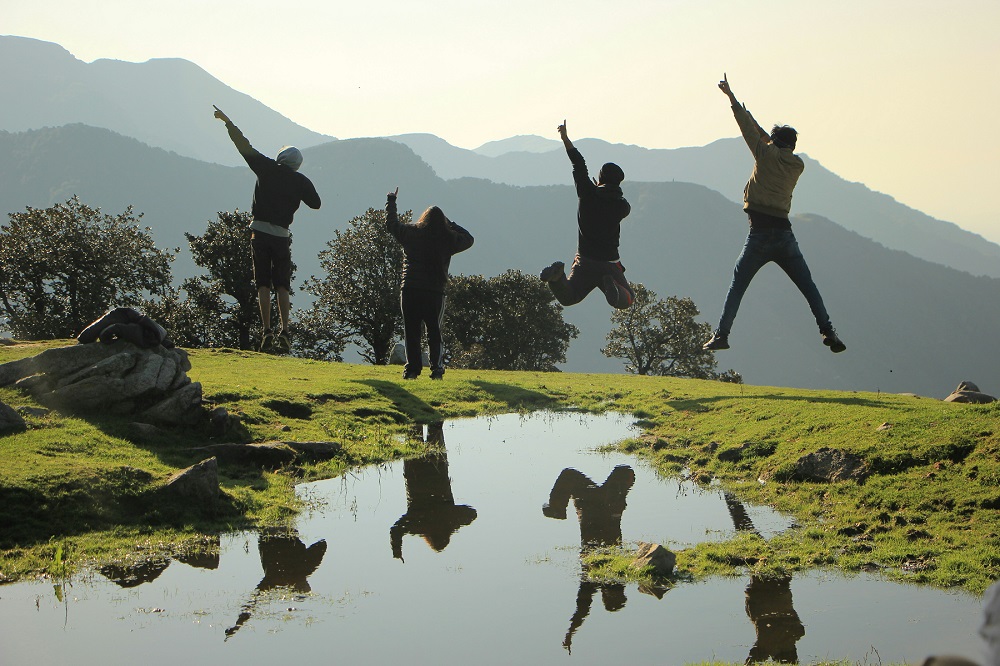4th Monitoring Committee Meeting
The 4th meeting of the Interreg NPA Monitoring Committee will take place in Mikkeli, Finland on 29th May 2024.

At this meeting the MC will review the programme performance during 2023, the workplan for 2024, and select the project applications received in the 4th call for proposals.
Participation to the MC meeting is restricted to MC members, observers and invited guests.
Summary of decisions
The 4th Monitoring Committee of the Interreg NPA programme tool place at South Savo Regional Council, in Mikkeli, Finland, on 29th May 2024. All partner countries were represented, and all observers participated in the meeting. The meeting was Chaired by Mr Petri Haapalainen (Finland). The next Monitoring Committee meeting is scheduled on 11th December 2024 in Copenhagen.
The Monitoring Committee started a discussion to enhance the inclusion of indigenous peoples' knowledge and viewpoints in the programme. It was suggested to contact the Sami representatives already involved in Interreg programmes and ask their perspectives on engagement, based on their capacity and method.
Clarity on the definition of indigenous peoples was sought to determine if a minority group in Ireland should be included, with the UN definition recommended as a starting point.
The inclusion of indigenous organisations in the post-2027 consultation process was encouraged, with the next EU Arctic Forum in Kittilä, Finland, providing an opportunity for in-person meetings.
Other cooperation structures for regional and local development in the Arctic were also recommended for consideration.
The MC approved the post-2027 consultation plan which involves engaging familiar stakeholders through online workshops, interviews, and regional events, while unfamiliar stakeholders will be reached via a targeted online questionnaire. The consultations, taking place from June to September, aim to gather broad input, with the results reported to the EU Commission in October and to the Monitoring Committee in December. Next steps include refining questions and expanding outreach through RCPs, projects, and additional networks, despite challenges in
handling multilingual responses.
The Monitoring Committee approved 9 projects out of the 19 submitted to the 4th Call of the Interreg NPA 2021-2027 programme. More than 6 million EUR were allocated, bringing the total funding commitment to all types of projects to 21,8 million EUR, or 46% of the total programme budget for projects.
Three projects were approved under Priority 1- Innovation capacity, two under Priority 2 - Climate change and resource sufficiency, and 4 under Priority 3 Cooperation opportunities.
The following projects were approved: NPA0700189, Arctic Edge, NPA0700166 Tech2Heal, NPA0700184 SelfCare, NPA0700171 BGN, NPA0700174 THREADs, NPA0700172 ArcticSewlutions, NPA0700178 ASTRIC, NPA0700186 CAP-SHARE, NPA0700187 NAMRO.
The Monitoring Committee approved the Terms of Reference of the Fifth Call for main and small-scale projects open for all priorities, from 11th June to 30th September
A joint Clustering Call with Interreg Aurora was proposed to the Monitoring Committee of both programmes. In this proposal, Interreg Aurora and NPA designed a joint clustering call, with shared Terms of Reference to enhance efficiency and clarity for applicants.
The two programmes analysed the priorities addressed by existing projects to identify suitable clustering themes in line with both programmes' objectives. The call follows the respective rules and procedures of each programme with differences in the budget sizes for small-scale projects, programme areas and partner eligibility. In practice, cross-border clustering projects would be funded by Interreg Aurora, and transnational clustering projects by Interreg NPA, based on project
scope and budget.
The Monitoring Committee approved the proposal for a joint call with Interreg Aurora, based on the previous Arctic clustering experiences.
About the Monitoring Committee
The Monitoring Committee (MC) oversees the programme implementation and selects project applications. It includes representatives from partner countries, permanent observers from neighbouring regions (Scotland, Northern Ireland, Canada, and Saint-Pierre-and-Miquelon) and receives advisory input from the European Commission as well as representatives from youth and indigenous people organisations.
(Image by Merja Partanen from Pixabay)


